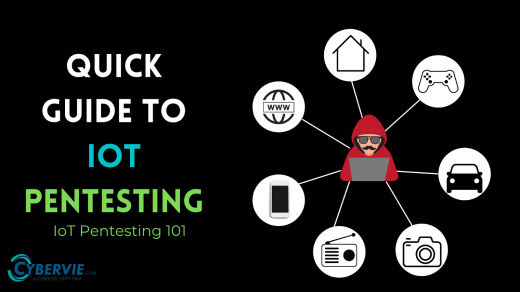
In today’s digital era, it’s more crucial than ever to safeguard private data. With the proliferation of cyber risks, account takeover fraud has emerged as a major problem. It’s a form of hacking in which fraudsters use stolen credentials to access a victim’s online account. Once a hacker has access to a user’s account, they are in a position to commit a wide range of criminal acts, such as identity theft, fraud, and monetary theft. In this post, we’ll look at how multi-factor authentication can help in account takeover fraud protection.
Multi-factor authentication (MFA) is a powerful tool for preventing unauthorized access to user accounts. It is a security method that calls for the presentation of at least two independent verifications of a user’s identity. Something the user knows, like a password, something the user has, like a smartphone, or something the user has, like a fingerprint, might all be used for this purpose.
Why Is Multi-Factor Authentication Important?
There’s no denying that in today’s digital environment, MFA (multi-factor authentication) is crucial. Passwords and other older forms of authentication are inadequate protection against modern cybercrime.
Phishing attempts and malware make it simple to steal passwords or guess them. If a hacker obtains a user’s password, they can access their account and potentially steal personal data. There are several reasons why an MFA is necessary:
- Improved Safety
With multi-factor authentication, you may increase the safety of the authentication procedure by using more than one factor. Multi-factor authentication (MFA) makes it harder for hackers to break into a user’s account by requiring them to submit more evidence of their identity.
- Reduced Risk of Fraud
With multi-factor authentication (MFA), a hacker who obtains a user’s password still needs extra information to authenticate their identity, lowering the chance of account takeover fraud. Because of this, gaining access to an account is far more challenging for them.
- Improved User Experience
Multi-factor authentication may seem like an unnecessary extra step, but it ultimately benefits the user. When a user has multi-factor authentication (MFA), they know their accounts are safe from hackers and other cybercriminals.
- Compliance
Several laws and guidelines necessitate the use of multi-factor authentication, including the PCI Data Security Standard and the General Data Protection Regulation. In order to stay in compliance with these requirements and avoid steep fines and penalties, businesses have turned to MFA.
How Does Multi-Factor Authentication Work?
In order to verify a user’s identity, multi-factor authentication (MFA) asks for confirmation from many sources. There are three types of evidence that can be used to verify a user’s identity: what they know, what they have, and who they are.
- Something the User Knows
Information that belongs in this category should be known only by the user. This could be the answer to a security question, a PIN, or a password. In this context, the most typical methods of authentication are passwords and personal identification numbers.
When logging onto their account, users must enter a password or personal identification number (PIN). This is the simplest and most straightforward method of authentication. Passwords and PINs, however, are easily broken into thanks to brute force and social engineering.
- Something the User Has
The objects in this category are those that the user alone should be able to access. A smartphone, token, or smart card are all viable options here. If a user wants to log in, they must carry this object with them at all times. The user then enters the unique code displayed on the physical token into the system.
Since the user needs both their password and the actual item to log in, this strengthens the authentication process. However, this method of authentication requires users to always have the physical thing on hand, which might be inconvenient.
- Something the User Is
Personal biometric information falls under this category. A fingerprint, photo, or iris scan are all viable options here. In order to verify a user’s identity, they must supply this biometric information. Because it’s so tough to copy or falsify, biometric authentication is gaining popularity.
This makes the authentication procedure more secure without requiring users to remember a password or carry any additional hardware. This method of authentication, however, requires specific hardware and software, which might drive up the cost of implementation.
Implementation Of MFA
Different organizations may require different forms of multi-factor authentication implementations. Some typical approaches to deploying MFA are:
- SMS-based authentication: A one-time code is delivered to the user’s mobile phone through text message and used to access the system.
- Mobile app-based authentication: Users must download a dedicated mobile app in order to generate a unique access code.
- Hardware token-based authentication: Users are issued actual tokens that when pressed, produce unique codes.
- Biometric authentication: To verify a user’s identity, they must first provide some form of biometric information.
Bottom Line
Individuals and businesses alike need to be aware of the most recent cybersecurity risks and defenses as the technology they use evolves. When it comes to preventing fraudulent account takeover, multi-factor authentication is a crucial safeguard among many others.




Recent Comments